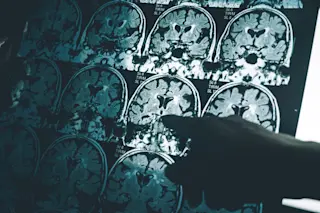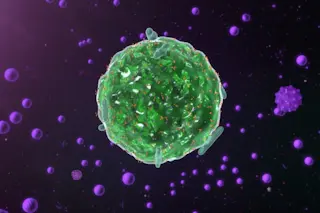In 2006, a landmark study in Nature identified a possible cause of Alzheimer’s disease. For almost 16 years, this study influenced how scientists approached Alzheimer’s and how major research grants were given.
But in the summer of 2022, the editors of Nature issued a chilling disclaimer. There was concern regarding the images that accompanied the article. An investigation was underway, and readers were urged to “use caution” when relying on the results.
A whistleblower had come forward and said the images appeared to have been manipulated, meaning the results that guided scientists were possibly wrong.
In the U.S., Alzheimer’s now afflicts more than six million people aged 65 and older. If the accusations are true, it’s possible that inaccurate research was influencing significant research time and money to help these patients.
The study at the center of the controversy was published in 2006 in Nature and co-authored by eight researchers ...















